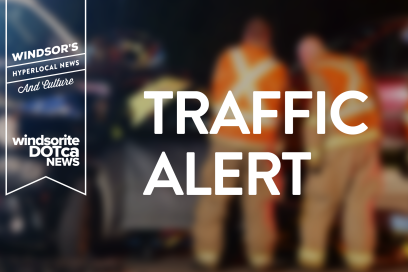Flood Watch Until October
Monday August 5th, 2019, 3:24pm
Hello time traveller!!
This article is 2131 days old.
The information listed below is likely outdated and has been preserved for archival purposes.
The Essex Region Conservation Authority has issued a long-term Flood Watch for all shoreline areas within the Essex Region, including Pelee Island until October 1st.
Areas of concern are the low-lying beach communities and shoreline areas along Lake St. Clair, the Detroit River, and Lake Erie, as well as low lying areas along the downstream reaches of major tributaries.
Current lake levels for Lake St. Clair and Lake Erie are surpassing record monthly means. From the month of June to the month of July, Lake St. Clair rose by approximately 5 cm while Lake Erie lowered by approximately 1 cm.
This set new all-time high monthly mean records for Lake St. Clair for the second consecutive month with a monthly mean of 176.04 m. Lake Erie had seen consecutive months of new all time high monthly means from May to June.
With Lake Erie lowering only by approximately 1 cm, levels are still above previous historic all time highs with an elevation of 175.13 m. Lake St. Clair and Lake Erie now enter the month of August at elevations of 176.02 m and 175.10 m, respectively. These levels are static water levels, meaning they do not account for wind-driven setup or waves.
At these current levels, low-lying areas along the shoreline in various municipalities have been continuously impacted by river and lake water, including private lands and public right-of-ways. Additionally, these levels bring an elevated risk of flooding and erosion across the watershed. Typically, sustained wind speeds in the range of 40 to 50 km/hr or higher are associated with an increased risk of flooding, shoreline erosion, and damage to shoreline structures. Elevated lake levels have significantly reduced the required wind speed to
cause these issues, as we have experienced multiple occurrences of flooding with much slower wind speeds from various directions.
Lake St. Clair and Lake Erie typically peak during the months of June or July; however, even with the potential for a reduction in lake levels through the summer and fall, levels are still anticipated to be at or near record highs. The region should be prepared for equal to or greater than 1986 water levels throughout the remainder of 2019.
























